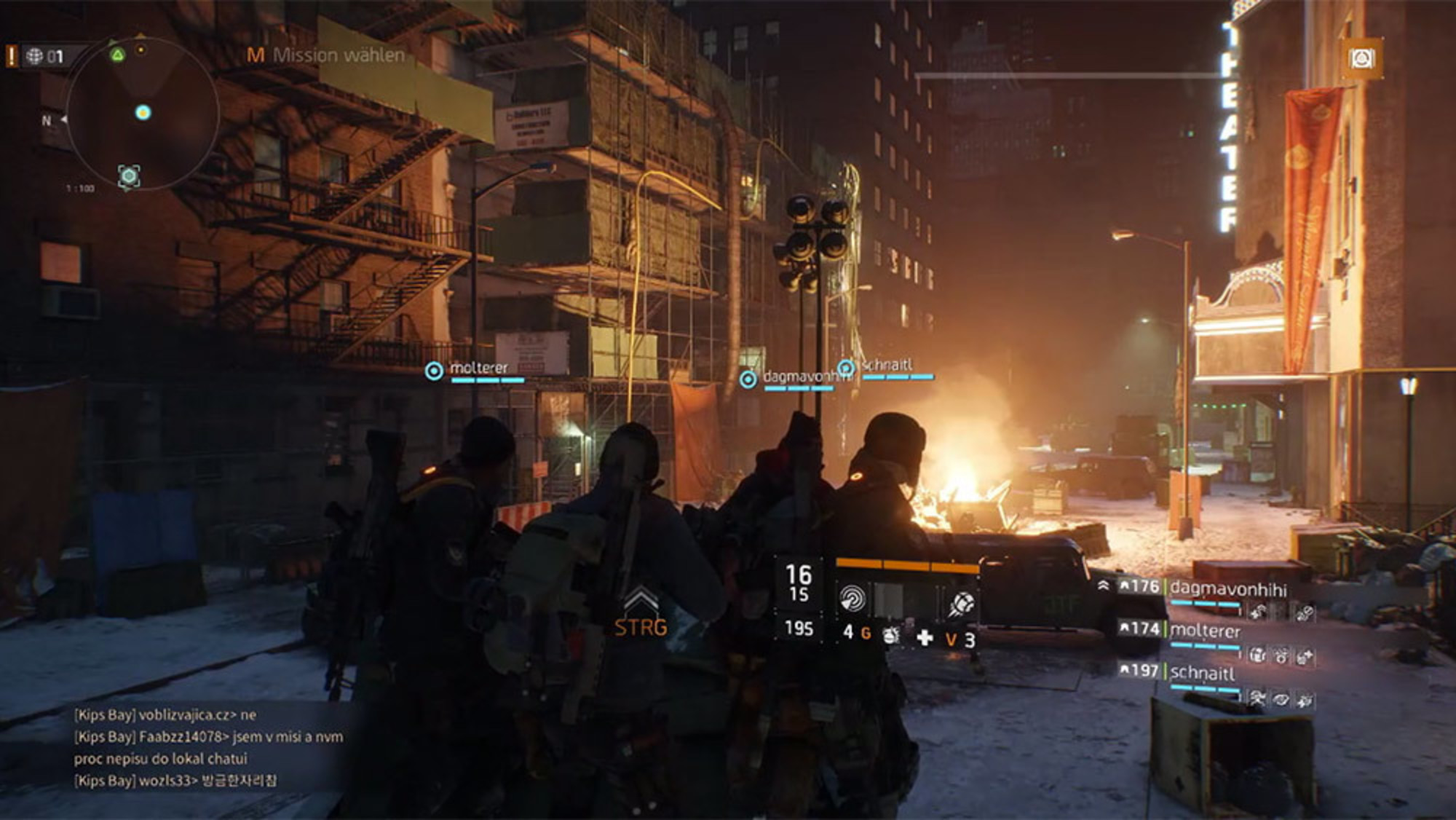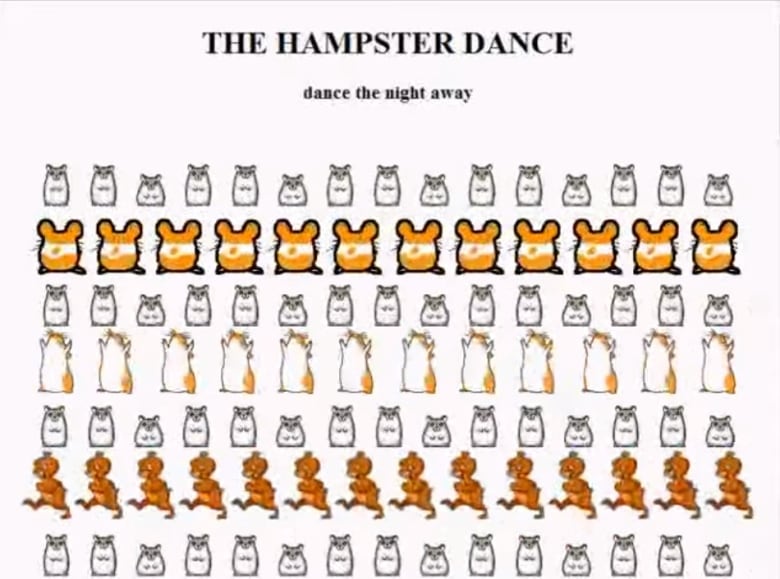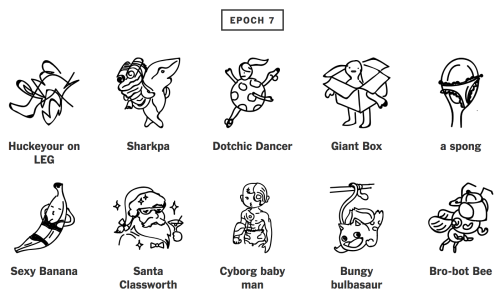Operation Jane Walk appropriates the hallmarks of an action roleplaying game – Tom Clancy’s The Division (2016), set in a barren New York City after a smallpox pandemic – for an intricately rendered tour that digs into the city’s history through virtual visits to some notable landmarks. Bouncing from Stuyvesant Town to the United Nations Headquarters and down the sewers, a dry-witted tour guide makes plain how NYC was shaped by the Second World War, an evolving economy and the ideological jousting between urban theorists such as Robert Moses and Jane Jacobs. Between stops, the guide segues into musical interludes and poetic musings, but doesn’t let us forget the need to brandish a weapon for self-defence. The result is a highly imaginative film that interrogates the increasingly thin lines between real and digital worlds – but it’s also just a damn good time.
Aeon has a great tour of New York using Tom Clancy’s The Division, Skip the bus: this post-apocalyptic jaunt is the only New York tour you’ll ever need. It looks like someone actually gives tours this way – a new form of urban tourism. What other cities could one do?


